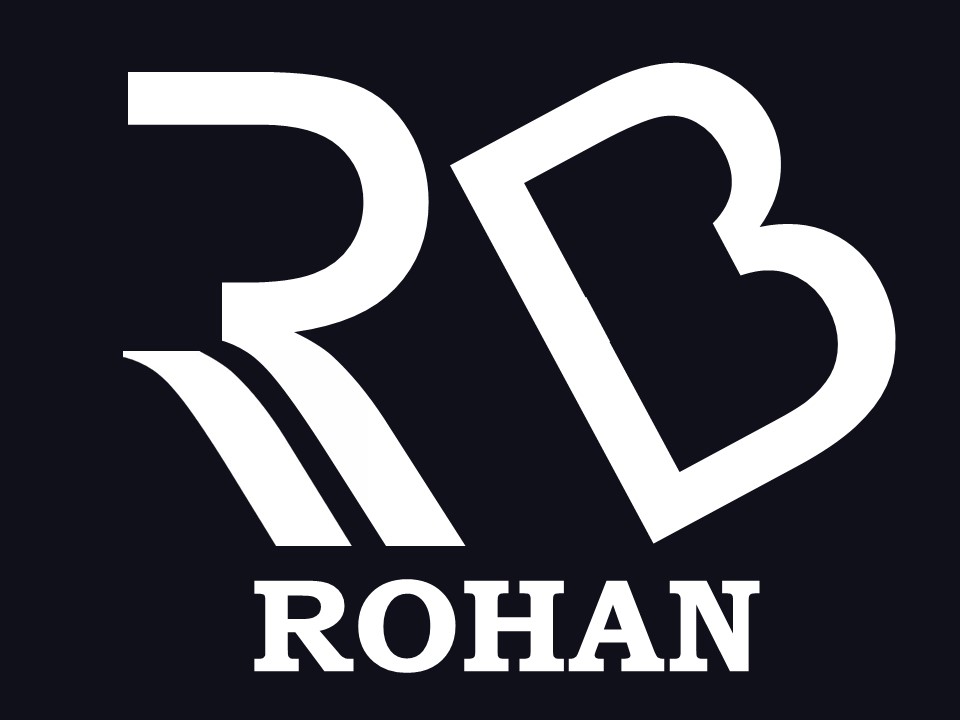
Solution
| Q | TFC | TVC | TC=TFC+TVC | AC | AVC | MC | Price |
| 0 | 12 | 0 | 12 | 8 | |||
| 1 | 12 | 5 | 17 | 17 | 5 | 5 | 8 |
| 2 | 12 | 9 | 21 | 10.5 | 4.5 | 4 | 8 |
| 3 | 12 | 14 | 26 | 8.666667 | 4.666667 | 5 | 8 |
| 4 | 12 | 20 | 32 | 8 | 5 | 6 | 8 |
| 5 | 12 | 28 | 40 | 8 | 5.6 | 8 | 8 |
| 6 | 12 | 38 | 50 | 8.333333 | 6.333333 | 10 | 8 |

a) The firm will produce output at the point where AC = MC = Price = 8, that is, quantity production is 5 units.
i) Total revenue at Q = 5 is
Total Revenue = P * Q = 8*5 = 40
ii) Total Cost = Rs 40 [From table]
iii) Total Profit = Rs. 0
b) Shutdown point is the point where price equals Average Variable Cost (AVC). Below this point, a firm cannot cover its variable cost and is forced to cease the business.
i) If price Rs. 4.5, the firm operates at shutdown point because Minimum AVC = Price = Rs. 4.5
ii) If price Rs. 4, the firm will move out of the business because Price is less than Minimum AVC.

Solution,
a. The given function is short-run total cost curve because the cost function has both fixed cost and variable cost. As we know the fixed cost is available only in short-run, so the given total cost curve is short-run total cost curve.
b. The firm's total fixed cost is Rs. 200.
c. The firm's variable cost function is 4Q + 2Q^2.
d. The marginal cost function is simply the derivative of the variable cost function or total cost function. So, Marginal cost is 4 + 4Q.
e. The firm's average total cost function is (TC/Q) = (200/Q) + 4 + 2Q.
f. If the firm is perfectly competitive, then MC = P. Given Price (P) = Rs. 24 and MC = 4 + 4Q, we intend to find Q, so, 24 = 4 + 4Q. By solving it, we get Q = 5. Hence, the firm sells 5 units of output.
g. If Q = 5, then Total Revenue = P * Q = 5 * 24 = Rs. 120 and Total Cost = 200 + 4 * 5 + 2 * 5^2 = 200 + 70 = Rs 270. The firm is currently making a loss. But it should not close its operation because Price (Rs. 24) is greater than AVC (Rs. 70/5 = Rs. 14).

Post a Comment